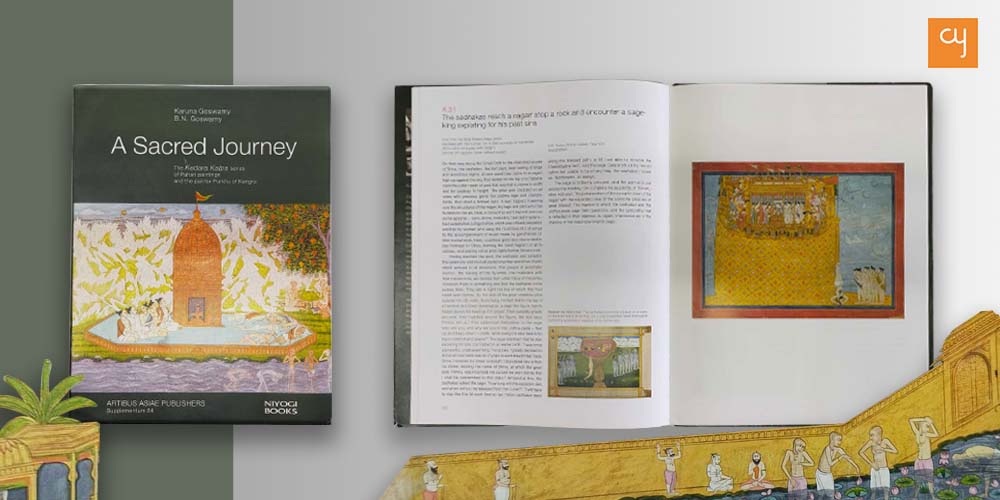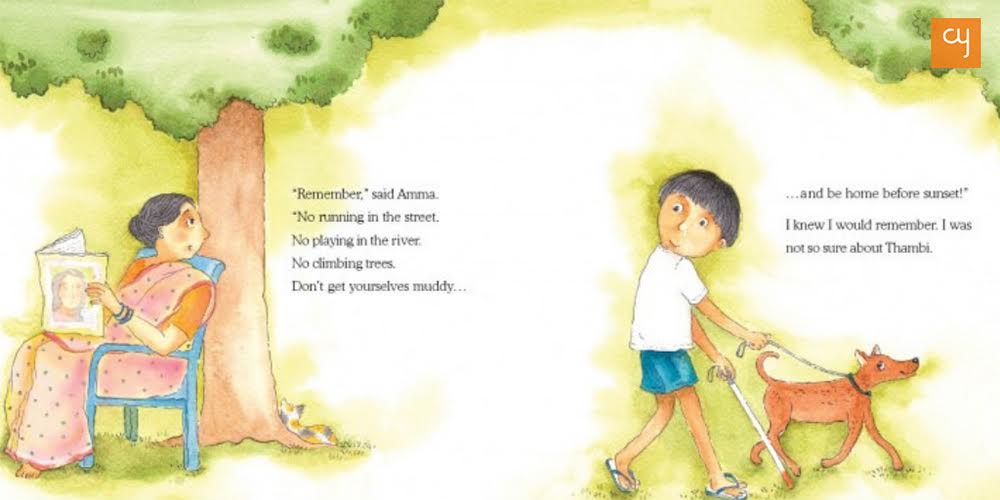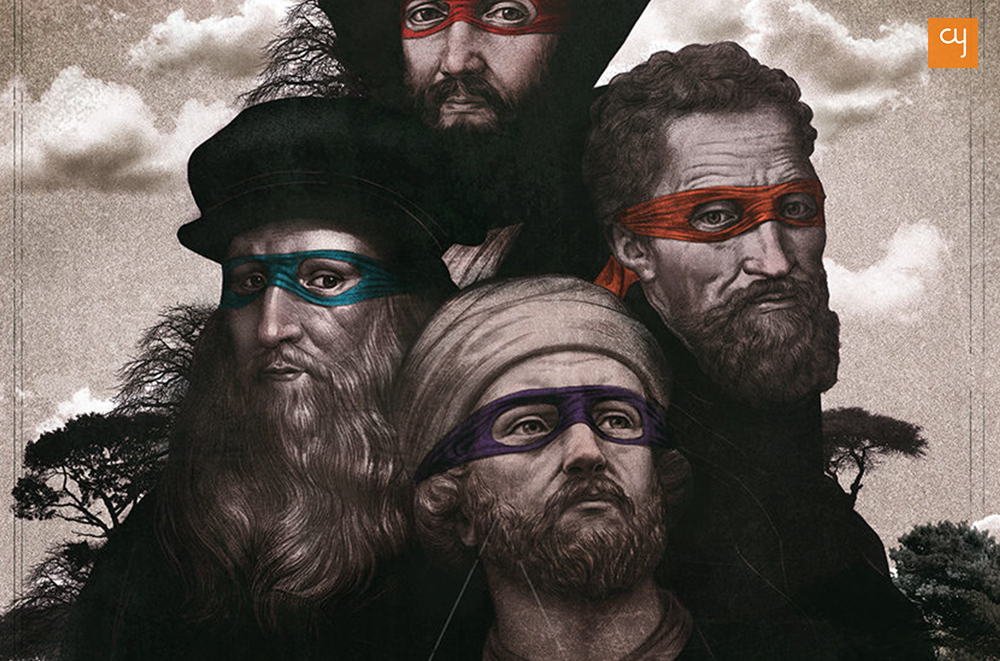A tale of undaunted Shaiva devotees' journey to Kedara in miniatures

Miniature paintings are drawn on a very small scale. If enlarged, they would amaze one with their exactitude. One would fondly recall to mind miniatures on the theme of Radha-Krishna, those of Ragmala series and Nathdwara paintings. Handmade colours, particularly the basic ones – red, yellow and blue – develop strong contrasts as also delicate details of characters and their surroundings. A prominent style in the genre is the Pahari style with its variants like Kangra in which countless illuminated frames of scriptures are made and events described in them are delicately illustrated.

Such beautiful miniatures, on glazed well laid-out 170 pages, of Artibus ASIAE and Niyogi Books’ A Sacred Journey (2021), written by Karuna Goswamy and B N Goswamy, capture an art lover’s attention even as he thumbs through it before reading its valuable text. The Goswamys, a scholarly couple, were commissioned as long back as twenty years ago in Geneva to translate the illustrated Kedara Kalpa text found written in Sanskrit, which details an arduous but determined journey, inspired by the spiritual faith, of five Shaiva ascetics to Kedara. They are frail of body but their resolve to reach the abode Kailash of Shiva, the Supreme Lord of the Universe, despite a challenging mountain terrain and very difficult unforeseen circumstances, is of the height and might of the Himalaya.
Of multiple meanings of the Sanskrit word Kalpa, one is ‘determination’ or ‘resolve’. The miniature paintings (1800-1825) studded with artistically expressed details and the text on the manuscript of Kedara Kalpa prompted the devout artists to so depict the unyielding Sadhakas‘ pursuit that the book A Sacred Journey, based on the scholars’ diligent study and analysis made possible by their vast knowledge, becomes an engaging narrative assuming metaphoric connotations. The paintings are scattered in museums and individual collections all over the world. They are done by highly skilled artists with such verisimilitude that a viewer with faith is likely to have the satisfaction of having experienced the quietude and serenity of the snow-covered stretches the Kailasha terrain offers.
Eureka

Fascinating is the endeavour of the knowledgeable writers in pulling out the images from a plethora of mere conjectures and misinformation in their interpretations earlier. They do it with utmost dignity and humility of dedicated researchers. They steer clear of any attempt to ridicule earlier interpretations and an assertion to claim theirs to be the final ones. Image K 21, for example, to quote from ‘Introductory Essay : Parallel Journeys’, is entered in a museum register as ‘… a seated king in a palace giving alms to Brahmins … Five beggars walking away at the top left.’ In 1971,with reference to a painting, the Sadhakas are described as ‘the Five Pandava brothers … set out on a journey through the Himalayas to reach heaven’. In a book on ‘Indian Paintings’, they are ‘the five rishis dispatched by Indra to please Shiva’. The narrative was thought belonging to the Shiva Purana. In yet another interpretation, the five are ‘identified’ with names as five devarshis!

The text related to the paintings was, obviously, not known – not until 1996 when Karuna Goswamy stepped in. Biblioteca Bodmeriana of Geneva requested Zurich-based Museum Rietberg help to decipher a Sanskrit text of a manuscript. Reiteberg approached the Goswamys who happened to be in Zurich. The leaves of the text selected at random and sent gave no clue to the name of the manuscript. One of the illustrations on them however had barely clad ‘sadhu-like figures’. Though the painting was in the Rajasthani style, its details reminded the Goswamys, well-versed in miniature paintings, of the Sadhakas’ pilgrimage depicted in the Pahari style. This gave them, as it were in a flash of lightning, a Eureka feeling. They saw a strong possibility of relating the pilgrimage paintings to the text from which a couple of leaves were in their hands. When they were confident the possibility was indeed a reality, they decided to write the book A Sacred Journey on the Kedara Kalpa series of Pahari paintings.
Way to Salvation

The desire among Hindus towards the sunset of life for a pilgrimage to Kedaranath is as old as the hills. On the authority of Adi Shankaracharya (8th century), the writers mention its height as 3,583 metres or 11,755 feet, snowcapped for a major part of every year. In the text, Shiva himself extols the significance of this pious desire, not overlooking the unparalleled natural beauty the site offers. For the enlightenment of countless devotees, Parvati puts queries to Lord Shiva and he responds to his consort.
A pilgrimage to Kedara, Shiva says, brings to the devotees boons ‘equivalent to performances of hundreds of yajnas’ and not only frees them from the sins they have committed but also ‘ensures deliverance of all ancestors.’ ‘Just as ghee is the essence of yoghurt, honey the essence of flowers … so is Kedara the very essence of pilgrimage.’ The mahapantha, very difficult though it is, leads to salvation. It is the firm resolve that makes it happen. Even if for some reason a devotee despite being earnest about it does not reach the destination, he attains salvation. In the initial story of a Brahmin boy, he indeed grants it.

Through the text and the paintings, the five Sadhakas emerge as heroes of Kedara Kalpa. With their indomitable resolve to reach the spiritual destination in the face of seemingly insurmountable multiple challenges of all kinds – natural and figurative – along the long arduous journey, the narrative assumes metaphorical connotations. It is the undercurrent of the challenges that gives it the alluring metaphorical aura. There is no hint of an inclement weather with a storm or a calamity befalling the pilgrims of a fragile body. Single-mindedly they keep marching on. On their way when they are faced with obstructions in the guise of greetings and enticements, we are reminded of the Temptations Gautam Buddha warded off on his way to Enlightenment. Their pilgrimage undaunted by the worldly temptations thus becomes a kind of penance.
Their long gruelling journey with halts at many shrines and other places strewn along the Mahapantha, including temples of goddess Gauri and Shiva Shrines, is largely linear. The temptations add spice to the narrative even as they add substance to the Sadhakas’ character, resolve and journey. Connoisseurs that the writers Karuna and BN Goswamy are, they also detect and describe minutest related details the celebrated painter Purkhu and probably others have accommodated in a small space so well that it becomes a delight to the reader/viewer poring over the pages of the book with reproductions of folios – sometimes of two series, large and small.
Balance and Harmony

Here is a sample. Folio K 19 of the large series depicts Sadhakas being ‘effusively welcomed by beautiful women’. While the King in his royal elegance, extreme left, is listening to musicians in his court, a segment has them ‘swamped by the enthusiasm, row after row of beauteous maidens’ in a swirl. Behind them are women gracefully dancing and singing and playing instruments. See the detailing by the painter/s, visualizing the text : a wedding ceremony is in progress, extreme right. In a stretch from left to right towards the bottom one can see a full wedding party returning home. The figures here are small compared to the court and the women swirling round the Sadhakas. At the outskirts of the town, right below, outside its portals, one can see men in meditation engaged in various kriyas at a lotus pond. Despite all these details there is no cluttering. Instead, the painting emerges as one with balance and harmony.

Besides this inviting city, the Sadhakas pass by a huge rock that has the shape and glow of a crescent moon, deep caves and a river flowing with no signs of vegetation anywhere. They notice an incredible golden plain with a cluster of cities within which are golden palaces and homes. The pilgrims sight ‘a vast expanse of the earth completely made up of gold.’ Here is a city ‘made entirely of gold and inhabited by only women, beautiful to look at, all with music, singing, dance and water venerating a Shiva Linga in a triple domed temple. And a lovely place presided over by a Naga King, who offers them invaluable gifts if they instead of continuing with the journey make the place their home, which as expected they politely decline … and so on.
Shiva Darshan Eludes

Incredible. They find ‘a great pearl-studded mansion that speaks! Its curtains of different colours flutter just a little like moving lips that speak. ‘I am here,’ the house says, at the wish of Lord Shiva …’ for yatris to rest! The authors are all praise for the painting, which like the rest is made following the text. The Sadhakas then reach the Kedarnath shrine and offer their homage. The Shiva darshan, however, still remains elusive. Shiva’s abode is still high up in the Himalayas, as it should be one would think. From the sky, the gods bless the Sadhakas with flowers. The top left corner suggests the pilgrimage continues.
The authors admire the elegance of the painting, only slightly less mystical than Shiva’s abode. There are two surprises here. One, there are other visitors at the shrine, who cannot be identified. Two, one sees in the shrine the hind part of a dark bull, with the tail curling like the ‘trunk of Ganesha’. All Hindu shrines abound in tales. Here is one which a keen reader (read bhakta) can himself unravel! There are numerous details about the Kedara Kalpa text and the two series of paintings, which it is not possible to comprehensively cover in the article.

The paintings, ‘not the greatest of Pahari works,’ B N Goswamy has observed in an article elsewhere, are scattered all over the world in museums and private collections. They portray from a text a story of the incredible Sadhakas – now looking young, now old, now bearded, now clean-shaven – passing by amazing sights of snow-covered mountains, rocks, rivers, the moon, birds, flowers and lush green fruit-bearing trees as also magical gold cities with their royalty and citizens offering them all kinds of irresistible gifts, which they refuse to accept. Finally, they reach their dream destination ensuring salvation, where they offer homage (K 33). It must be noted in conclusion that the authors have studied and revealed the minutest details of the paintings and have not shied away from mentioning even shortcomings.
promotional
Yatra Archives

 How Tulika Books is creating impact in children’s lives through picture books
Nandini Varma
How Tulika Books is creating impact in children’s lives through picture books
Nandini Varma
Aug 20, 2019
A children’s book about a boy who feels like a girl. And about a child brought up by grandfathers. These are some of the stories published by Tulika Books, who have been making children’s picture books since 23 years. Little…
 Dalgona Coffee: A worldwide social media trend about home-made café experience
Harshil Shah
Dalgona Coffee: A worldwide social media trend about home-made café experience
Harshil Shah
Apr 1, 2020
While the lockdown has ignited various trends on social media, one that has received a major global following is #DalgonaCoffee. With thousands of posts on its name, here’s all you need to know about the Dalgona Coffee wave. I first…
 Leonardo, Michelangelo, Raphael and Donatello—Artists or Teenage Mutant Ninja Turtles characters?
Harshil Shah
Leonardo, Michelangelo, Raphael and Donatello—Artists or Teenage Mutant Ninja Turtles characters?
Harshil Shah
Nov 4, 2019
Did you ever wonder where the Teenage Mutant Ninja Turtles’ characters got their names from? Well, your search is complete. Here is a brief introduction of the artists from whom the creators of TMNT took inspiration. Teenage mutant ninja turtles,…
 The call of the mountains: orthopaedic Dr Yatin Desai’s advice on trekking
Himanshu Nainani
The call of the mountains: orthopaedic Dr Yatin Desai’s advice on trekking
Himanshu Nainani
May 23, 2019
In this piece 64 year old Dr Yatin Desai, shares with CY his inspiring story of how to scale towering mountains with utmost ease and how this life adventure activity can shape human character and health. Chances are high that…



